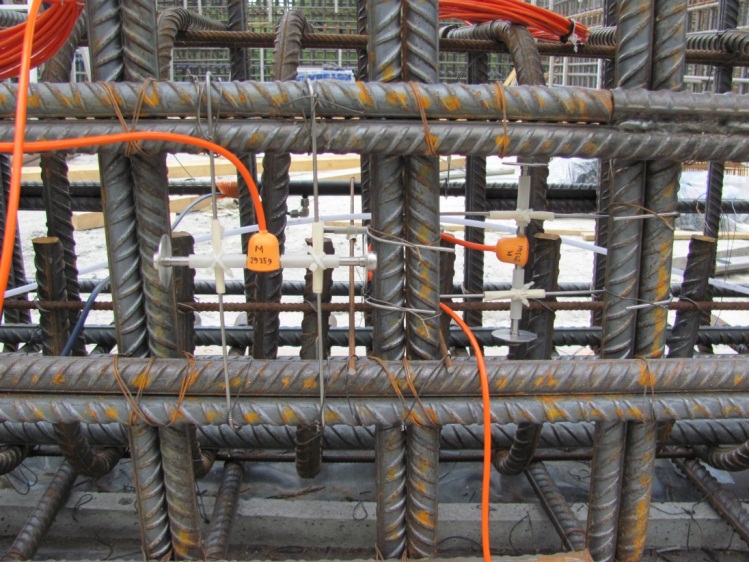Instrumentation & monitoring
Researchers use measuring instruments to collect data on the properties of clay and the behaviour of underground structures such as the concrete gallery wall. The process of following up and analysing this data over time and visually inspecting the components of the underground structures on a regular basis is collectively called monitoring. Intensive use of measuring instruments in the specific context of geological disposal research has helped EIG EURIDICE gain considerable expertise in this field. It also draws upon this expertise to support surface testing of the supercontainer and contribute to the preparatory tests for surface disposal of low- and medium-level short-lived waste.
Measuring instruments in HADES
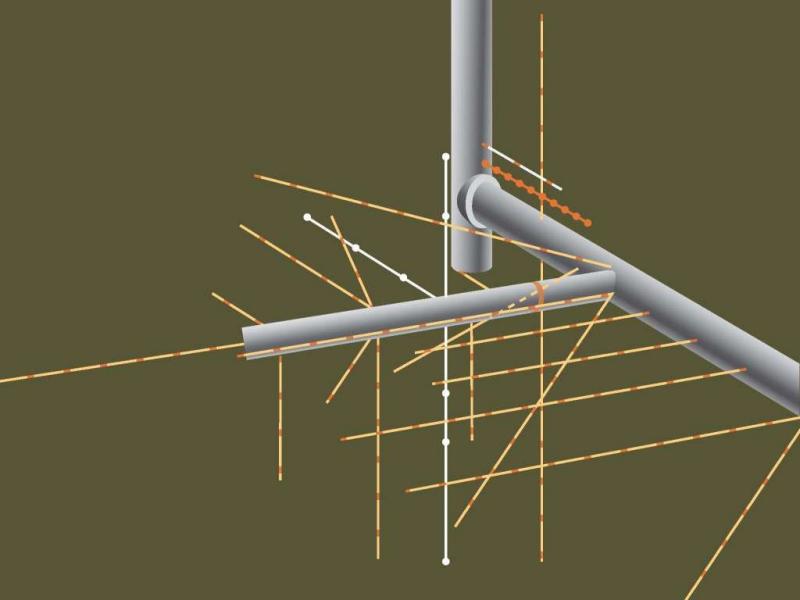 |
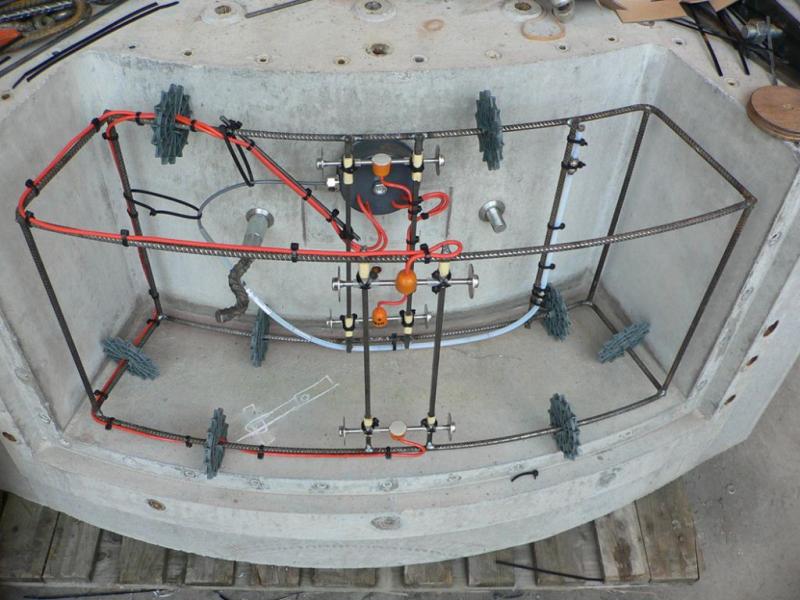 |
| Boreholes with measuring instruments in the clay |
Measuring instruments in the gallery wall |
The HADES underground research laboratory contains hundreds of measuring instruments. These are used during experiments or construction work to measure total pressure, pore water pressure in the clay, temperature in the clay, relative humidity, and movements and deformations of the clay or the gallery lining. Once they have been placed in the clay, the instruments are often inaccessible and can no longer be repaired if they fail. They also need to be waterproof and resistant to high pressure. Many sensors are therefore specially adapted or custom-made.
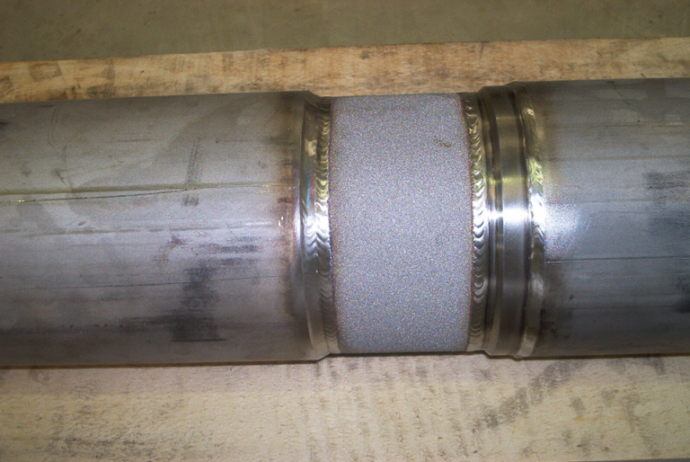 |
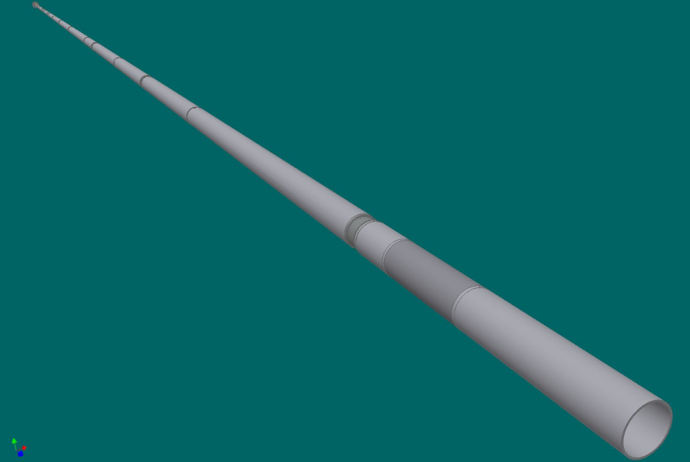 |
| Filter element for measuring water pressure in clay (filter length: approx. 5 cm) |
Piezometer tube with measuring instruments and filter elements (up to 45 m long) |
Pressure and deformation are two key variables that are measured to analyse the impact of excavation. Various types of instruments are used for this purpose. Pressure in the gallery lining is determined using strain gauges in the concrete lining. These measure any slight deformation, from which the strains in the concrete can be calculated. This is also an indicator of the external clay pressure. Deformation in the clay host rock can be determined by making boreholes in the clay and measuring their deformation, using instruments called extensometers and inclinometers. Pore water pressure can be measured with filter elements integrated into long metal tubes (piezometer tubes) placed in the clay. The total pressure exerted by the host rock is measured using specific pressure sensors.
Surface tests - supercontainer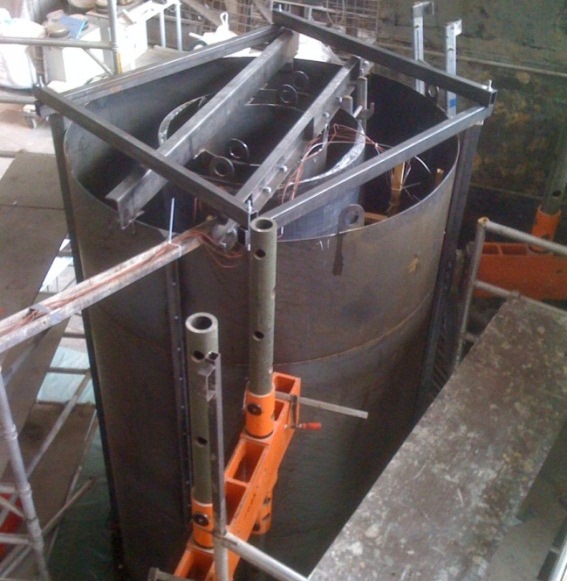
A number of half-scale tests are being carried out on the surface to demonstrate the technical feasibility of constructing a disposal container for high-level waste (supercontainer). An important part of these tests is making the concrete buffer that surrounds the carbon steel overpack containing the waste canisters. This involves filling a mould with concrete. The behaviour of the concrete buffer during the curing (hardening) phase is one of the aspects closely studied. All sorts of measuring instruments are therefore installed before filling the mould. With its expertise in instrumentation, EURIDICE makes a valuable contribution to these tests in terms of the choice and installation of the appropriate sensors.
Mould for making the concrete buffer
cAt project: surface disposal of low- and medium-level short-lived waste
EURIDICE was closely involved in developing the instrumentation plan for the test cover. This test cover will be used to study the behaviour of the various layers that will cover the future disposal modules of the surface disposal facility for low- and medium-level short-lived waste.
The demonstration test is an opportunity for ONDRAF/NIRAS to construct the main building blocks of the disposal modules on a real scale. To study the behaviour of the concrete during and after curing (hardening), EURIDICE installed several measuring instruments, such as vibrating wire strain gauges, before casting the concrete. This curing process will be monitored as part of ongoing efforts to improve construction techniques.
Measuring instruments in the reinforcement
used in part of the demonstration test

